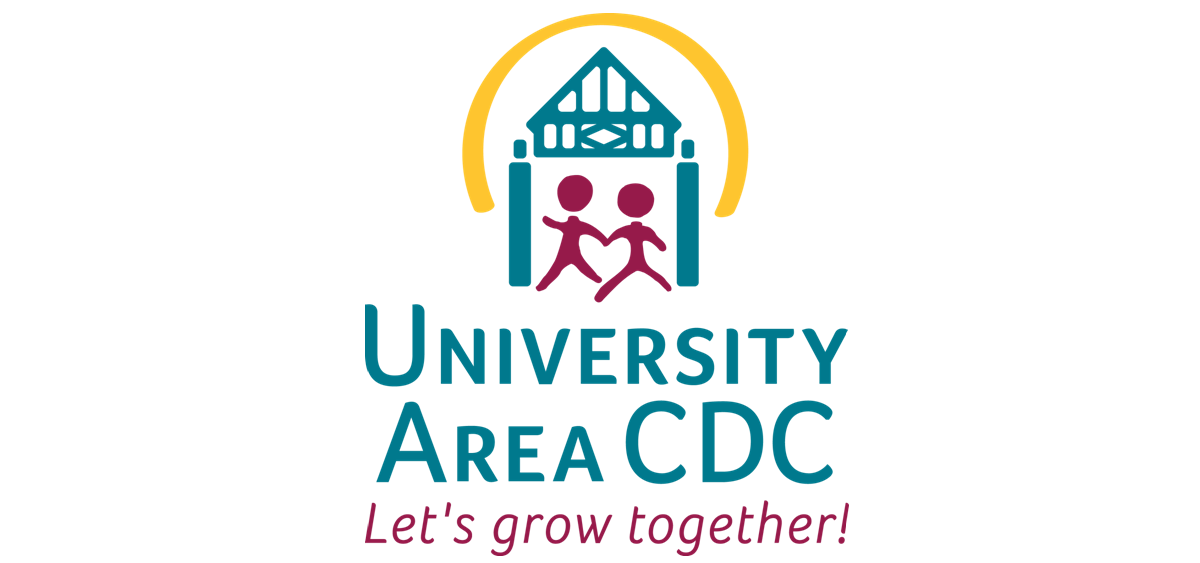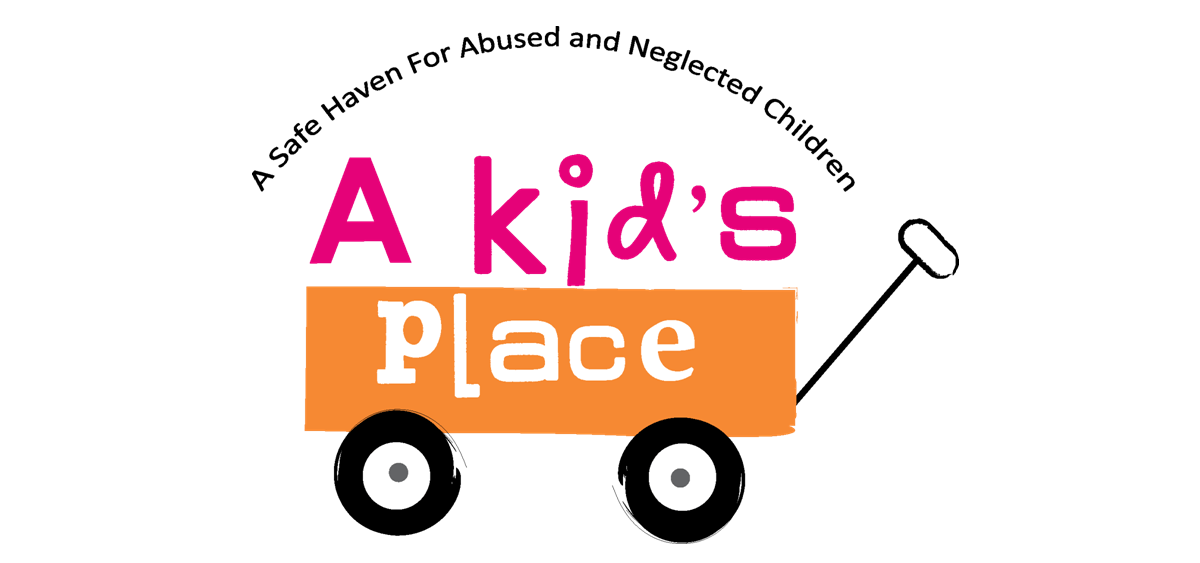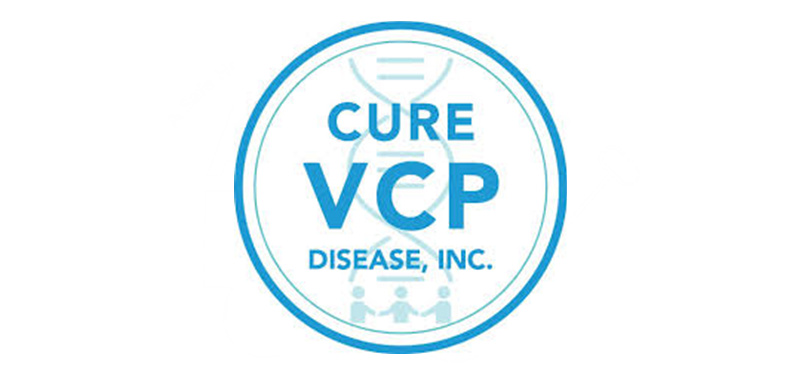Grow Your Nonprofit For Maximized Impact
Broaden Your Path To Peak Performance
Prepare Your Nonprofit For The Future
The
Pathways To Growth Team helps nonprofits achieve high-impact growth and generate increased income.
We help nonprofits through grant writing, management consulting, coaching, training, strategy development, and leadership development.
OUR IMPACT
150+
Nonprofits Served Across The U.S.
ROI: 10x Cost
Average Client ROI Is 10x The Cost Of Our Services
30+
Team Of
Nonprofit Experts
"I have had the pleasure of working with P2G at a critical time in our organization’s history as we faced the pandemic together. They have provided outstanding grant research, leadership, and grant writing services that enabled us to quickly pivot our fundraising strategies in a manner that significantly benefitted the Infectious Diseases Society of America Foundation (IDSAF) and, in turn, helped to move our nation forward in this difficult time.
Their team of grant writing professionals from across the country helped us to prioritize and strategize our funding needs and submit outstanding grant proposals, all within a very stressful time for our organization and the nation. They have remained dedicated to our cause and committed to excellence. P2G’s team members exhibit the qualities of highly client-focused and relationship-centered company culture.
I am thankful for the opportunity we have had to work with the P2G team."
- Stephen E. Peeler, Executive Director -
IDSA Foundation
Our Direct Services

Grant-Readiness Assessments
Assessment consulting services to determine the effectiveness of nonprofit organizations and their boards.

Grant Research
Expert grant research services to identify "sweet spot" foundation, corporate, and government grant sources.

Grant Writing
Professional grant writing services with a track record of success for nonprofits of all types and sizes.
Additional Collaborative Services

Strategic Planning
Help your nonprofit focus its efforts while building its capacity for the next three to five years.

Developing Effective Boards
Highly effective and trained boards are paramount to the success of a nonprofit. We help lead nonprofit boards to their highest levels of success and involvement.

Guidance and Review Services
Our expert grant writers provide professional guidance and grant review services for nonprofit grant writers.
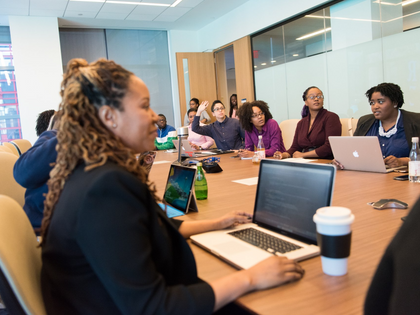
Nonprofit Development Trainings
We provide customized business and development trainings designed to take your nonprofit to the next level of growth and impact.
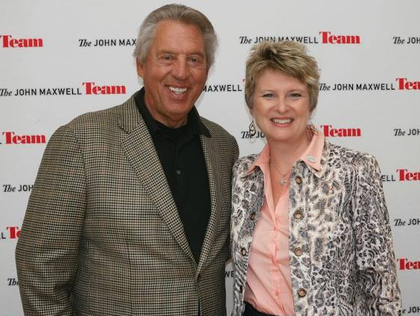
Nonprofit Leadership Coaching
Leadership coaching provides an excellent opportunity for nonprofit leaders to grow their leadership capacity, their influence and their nonprofit’s impact and income.

Developing Measurable Outcomes
We help nonprofits develop measurable outcomes that reflect their vision and highlight the critical results they help to create for those they serve.
Interested in learning more?
Schedule a COMPLIMENTARY DISCOVERY CALL with a nonprofit consultant right now!
“I am truly blessed to be among the non-profit organizations P2G has agreed to work with. I appreciate their contributions to our success over the last two years and all the successes yet to come. The relationship gives me peace of mind that we will consistently find a way to continue growing and delivering impact for the children we serve and for that I am eternally grateful."
- Bridgette Heller, Co-Founder and CEO, The Shirley Proctor Puller Foundation
“The P2G team has been a wonderful group to work with. As an organization with a variety of programs and initiatives having P2G as a trusted partner in grant writing services has allowed us to be successful in winning more grants to serve the community. The flexibility, knowledge, professionalism, and commitment of the grant writers to meet deadlines, work on multiple grants for different programs, and exceed expectations makes P2G an awesome addition to the University Area CDC."
- Jaree Ervin, MA, CNP, CFRE, Chief Development Officer
Growth Blog



Subscribe To Our Growth Newsletter
Stay up to date on news, insights and more.

